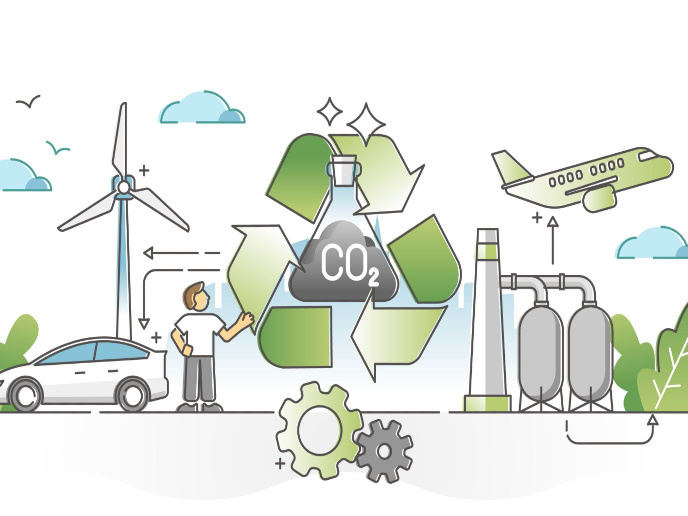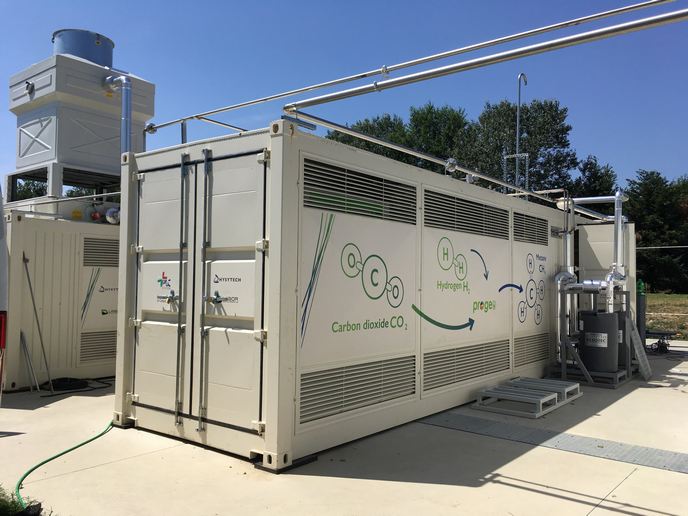Energy from olive oil mill waste
Olive oil mill waste (OMW) can be gasified to obtain hydrogen fuel, or it can be digested by anaerobic microorganisms to produce methane gas. It can also be burnt to obtain energy or used as animal feed and fertiliser. To investigate the suitability of these approaches for different types of olive oil mills, the EU funded the 'Adaptation of renewable energies technologies for the olive oil industry' (RESOLIVE) project. Part of the research was dedicated to building a prototype gasification system and to optimising existing techniques for biogas production. Researchers first had to assess the real-world needs of the European olive oil sector. Next, they screened available technologies for OMW reuse and valorisation, and identified gaps and best practices. A gasification prototype was designed, built, and tested in a Spanish mill. More work may be needed to optimise its function. In terms of anaerobic digestion, the team thoroughly analysed the type of substrates that could be used, like OMW, twigs and leaves, or a mixture of these. They also assessed additives and pre-treatment requirements. Composting is another viable option, since OMW contains high amounts of nitrogen, phosphorus, potassium and magnesium. The researchers found that OMW would be particularly suitable as a fertiliser for those who own farmland in addition to a small or medium-sized mill. OMW as animal feed was also found to be an affordable option for pressure systems and three-phase olive mills that do not produce much OMW. For larger mills, it would only be profitable if animals could be fed close to the mill. Lastly, combustion of OMW would be suitable for all kinds of mills, to power private homes or to add power to the grid. Dry material could be sold off for burning. The information collected during the project will serve as a guideline for olive oil producers to select the renewable energy options that best fit their needs. In the long run, this will contribute to a more competitive oil sector with a consideration for the environment.







